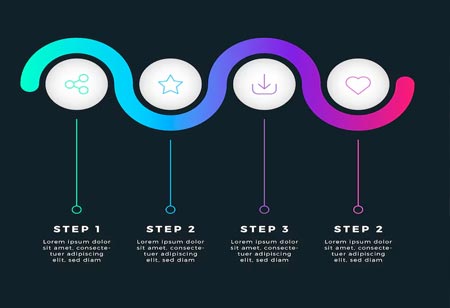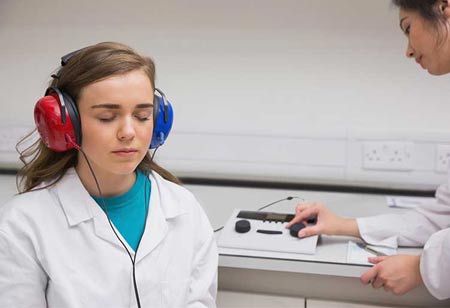Your IV Therapy Journey: A Step-by-Step Guide to What's Ahead
Most people recover quickly from IV therapy, and significant side effects or complications are rare.

By
Medical Care Review | Saturday, January 18, 2025
Stay on top of your health and well-being with exclusive feature stories on the top medical clinics and treatment centers, expert insights and the latest news delivered straight to your inbox. Subscribe today.
Fremont, CA: Intravenous (IV) therapy is an essential and standard procedure for patients needing hydration, pain relief, antibiotics, or other critical treatments. Although this method is generally safe and effective, having a clear understanding of what to anticipate during and after the IV therapy can significantly reduce anxiety and improve your overall experience. Knowledge of the procedure and recovery process contributes to a more seamless path to recovery, making the experience more comfortable and less stressful for your healing.
The process of IV therapy begins with the patient's preparation. The provider may also check for allergies or any contraindications to the medication or fluids. Depending on the purpose of the therapy, this process may take anywhere from 15 minutes to several hours. If the infusion involves medication, patients may feel slight discomfort, warmth, or a cooling sensation as the medication enters the bloodstream. In some cases, patients might experience a metallic taste, dryness in the mouth, or a mild headache during or immediately after the infusion, mainly if the medication is concentrated or potent.
The nurse or healthcare provider will apply pressure to the site for a few moments to prevent bleeding and then cover it with a bandage. The patient is often encouraged to remain seated for a few minutes to avoid dizziness or faintness. After the procedure, there are some common reactions that patients may experience. There may be mild swelling in some cases, which should subside within a few hours. If the IV was placed for a prolonged period or involved multiple insertions, patients might notice some tenderness or slight redness at the site. While these symptoms are usually mild, monitoring the site for signs of infection, such as increased redness, warmth, or pus, is essential.
You can manage the symptoms by resting and staying hydrated. It's important to consult a healthcare provider to address any underlying issues. After the therapy, some mild side effects or soreness may occur, but these are generally temporary and resolve with time. By following the healthcare provider's instructions and monitoring the IV site, patients can ensure a smooth recovery and a positive outcome from their IV therapy.







